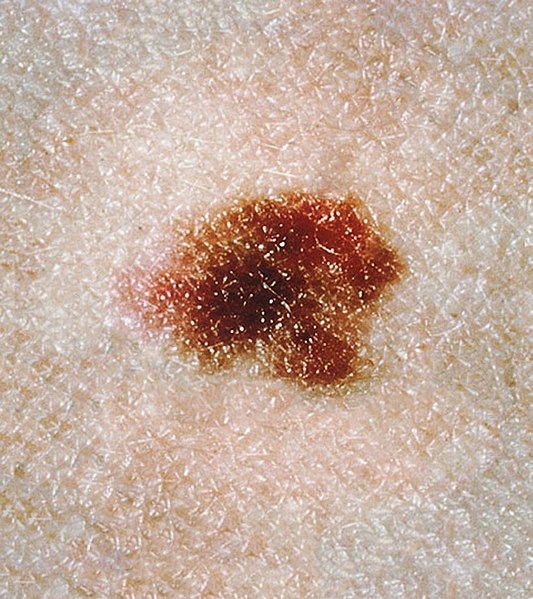
What is a Dysplastic Naevus?
A dysplastic naevus, also known as an atypical mole or Clark’s nevus, is a type of mole that may appear different from normal moles. While most moles are harmless and don’t pose any health risks, dysplastic naevi can have unusual features that might warrant closer monitoring or even removal.
Characteristics of Dysplastic Naevi
1. Size: Dysplastic naevi are often larger than common moles, typically exceeding 5mm in diameter.
2. Shape: Their shape might be irregular, with uneven or poorly defined borders.
3. Colour: Dysplastic naevi can have varying shades of tan, brown, or even pink. They may also have dark brown centers.
4. Texture: They might be flat or slightly raised and can have a smooth, pebbly, or rough surface.
5. Number: People with dysplastic naevi often have multiple such moles. Having many atypical moles could slightly increase your risk of developing skin cancer.
6. Changes Over Time: These moles might evolve, changing in size, shape, colour, or texture. Regular monitoring is important to detect any suspicious changes.
What Causes Dysplastic Naevi?
The exact cause of dysplastic naevi is not fully understood, but genetics seem to play a role. If you have a family history of dysplastic naevi or skin cancer, you might be at a slightly higher risk of developing them.
Monitoring and Self-Care
It’s important to be vigilant about any changes in your skin, especially your moles. Here are some steps you can take:
1. Self-Examination: Regularly examine your moles, noting any changes in size, shape, colour, or texture.
2. Photographs: Consider taking photos of your moles to track changes over time. This can be helpful for both you and your healthcare provider.
3. Sun Protection: Protect your skin from the sun’s harmful rays by wearing sunscreen, protective clothing, and seeking shade. UV exposure can increase the risk of developing skin cancer.
4. Regular Check-ups: Schedule routine skin examinations with a doctor. They can help monitor your moles and determine if any further action is necessary.
When to Seek Medical Advice
If you notice any of the following changes in your moles, it’s important to consult a healthcare provider:
1. Rapid Changes: Sudden growth, change in colour, shape, or texture.
2. Bleeding or Itching: Moles that bleed, itch, or become painful.
3. Unusual Symptoms: Any unusual or concerning symptoms associated with your moles.
Treatment
Most dysplastic naevi are harmless and don’t require treatment. However, if your healthcare provider deems a mole suspicious or if you’re experiencing changes, they might recommend:
1. Biopsy: Removing a portion of the mole for further examination under a microscope.
2. Excision: Completely removing the mole and a margin of healthy tissue, especially if cancerous changes are suspected.
Remember, early detection and proper care are key to maintaining healthy skin. If you have any concerns about your moles or skin health, don’t hesitate to seek professional medical advice.
Always consult a qualified healthcare provider for accurate diagnosis and advice. This leaflet provides general information and should not replace personalized medical guidance.

Unknown photographer, Public domain, via Wikimedia Commons
